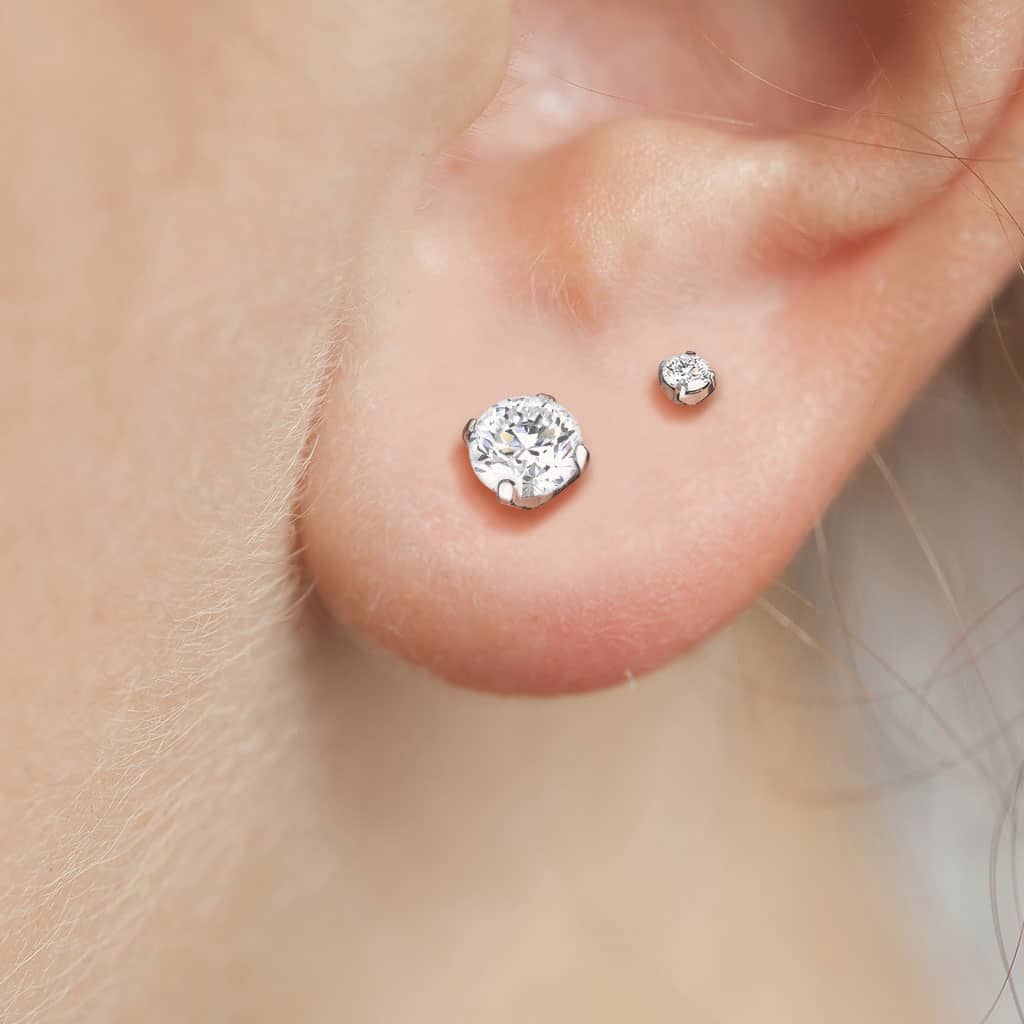
The Importance of Proper Piercing Aftercare
Poor piercing aftercare can lead to infections and unnecessary pain and stress. No matter what kind of piercing, there are some best practices to follow for all new piercings. When a piercing is new, it's the same as an open wound. It is also important to remember that symptoms of infection are the same in both old and new piercings.
What does an infected piercing look like?
Your piercing might be infected if the area around your piercing is swollen, painful, or hot to the touch. It may ooze bodily fluids, like a green, foul smelling pus. Fluids like blood and plasma are normal and not a sign of infection. It may look very red or dark (depending on your skin tone), but this can also be a sign of a metal allergy.
When to seek medical attention?
With proper care, most infected piercings can heal within two weeks. Do not ignore an infected piercing, no matter how minimal the infection may seem! Infections, if left untreated, will only fester and get worse. If you feel feverish and think it might be due to an infection, you should seek medical attention from a doctor. If you notice that part of your jewelry is stuck inside the swollen piercing, do not try to remove it yourself. Visit one of our piercers or a doctor for help. Touching the piercing can introduce new bacteria. If the infection doesn't improve with treatment or seems to get worse, contact your piercer or doctor. There are times when antibiotics may be needed to treat the infection. If you have any questions about your piercing or worry that it is infected, contact your piercer. We offer free piercing follow-ups to address any concerns you have about your piercing. This includes everything from infections to allergies to general questions.
When to remove your piercing?
If the piercing that is infected is new, it is generally best not to remove it. The jewelry keeps the piercing open so the bacteria can drain. Removing jewelry can lead to an abscess. Only remove an infected piercing if your piercer or doctor advises you to do so. It is advisable to only remove piercing jewelry after the piercing has healed. Depending on the piercing, this can take weeks or months.
Always go to reputable piercing shops
When getting a piercing, make sure to only get them from professional piercers. Ask about their hygiene practices in place. Most places have health board inspections available online, as well. Your piercing studio will have proper piercing aftercare products available. If you do not have any piercing-specific aftercare products, buy some after your appointment. They make the healing process of new piercings faster and reduce the risk of infection.
General piercing guidelines
Before you touch your piercing, wash your hands. Do not use alcohol to clean your piercings. Instead, use a sterile saline solution like H2Ocean piercing spray. If you don't have sterile saline solution, you can use a fragrance-free antimicrobial soap. After cleaning your piercings or showering, gently dry them with a clean disposable paper towel. Avoid swimming. When piercings are healing, showers are better than baths, as baths can hold onto bacteria. Chlorine in pools can be very irritating to piercings. There is also always a risk of bacteria in lakes and oceans.
